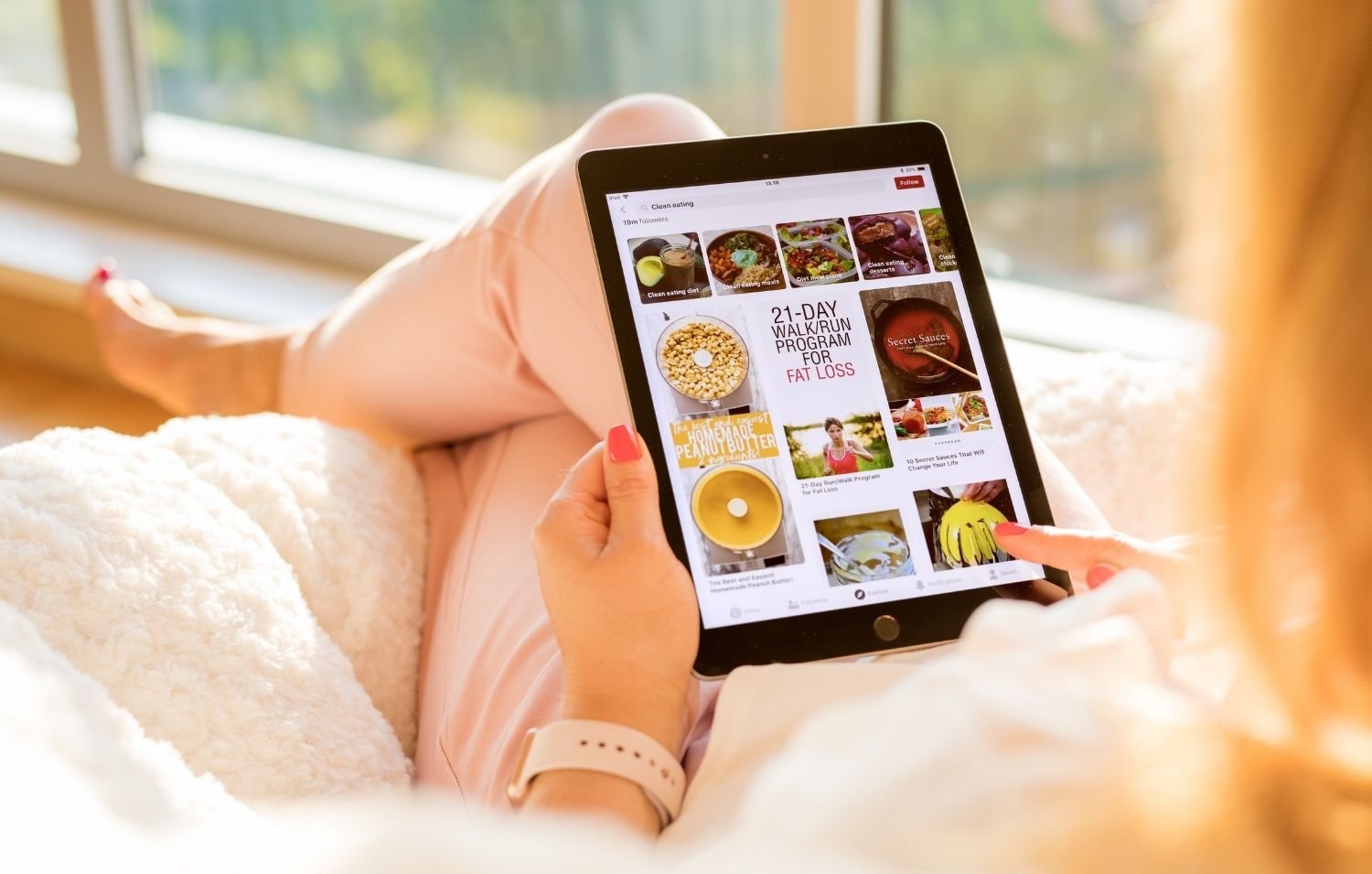Beginner’s Guide to Pinterest Marketing
These days when thinking of Pinterest, you might envisage perfectly manicured images and videos that vary across numerous genres. From styling the ideal living room to getting specific outfit ideas for a summer in Italy. It seems Pinterest covers every last niche area and, in some minds, might seem overwhelming. However, it is this very concept that makes the platform a genius marketing hub when used correctly.
The fact is the app can keep you engaged for hours at a time and does so almost deceptively, luring you in with constant suggestions of new and similar content. In short, it is a marketers dream and here are some useful tips on how to better use the platform to the best of its abilities.
What is Pinterest?
Pinterest is essentially another form of social media platform, created as an outlet to share content across multiple areas of interest. The platform allows you to create individual boards dedicated to a specific topic and you can then add or ‘pin’ images, videos and even infographics you might stumble across while exploring the platform. This creates a sense of organisation for your chosen images and also makes it easier for you followers and other Pinterest users to discover new content related to their interests.
It is also a very useful app for brand discovery and has become synonymous with aspirational shopping. It allows you to see a product in use or in situ which can encourage faster decision making when online shopping. And in the last year or so Pinterest has made changes to the platform that has transformed it into a shoppable app, and more recent updates include automatically creating shopping lists and saving products to make it easier for users to find for future purchases.
Using Pinterest for Marketing
As you can see, with these sophisticated changes to the platform now is a perfect time to really hone your marketing strategies for Pinterest. To use Pinterest for marketing, you need to understand how to stand out on the app. Like most other social media platforms, engagement is key, this includes following boards of both friends and competitors alike, leaving comments and of course sharing links to your own website and content.
Pinterest users prefer visual content, and it will be helpful for profile boosting if you are dividing your content into specific themes and genres, then regularly adding to those boards to keep a steady stream of new content. The aim is to build a community of users who are interacting with your content and through link sharing end up finding themselves on your website which in turn will boost traffic.
Unlike other visually focused platforms such as Instagram, Pinterest allows you to include links with your images, which can guide users to your website. This opens the doors for all manners of content including sharing tips and how tos. Demonstrating to your potential customers that you know your stuff, while also creating an opportunity to use hashtags and keywords to make your content more visible and increasing followers. One thing to remember on Pinterest is not to treat it like an advertising platform, you must give out what you expect to receive and offer genuine engagement in order to see results.
Pinterest for Business
You may be thinking, especially looking at this from a time perspective, whether it is worth the hassle to put all this energy into yet another image based social media platform. To that I would say Pinterest is an undervalued, yet extremely affordable and versatile marketing tool that when used correctly can drive web traffic and generate and convert new leads. Research has also shown that Pinterest users display a higher intent to purchase with 90% of shoppers using Pinterest to make purchase decisions.
So, with that in mind, there a few ways to boost your business through using Pinterest.
Visual Storytelling – Show rather than tell potential customers who you are as a brand through the use of relevant and engaging imagery.
Show Personality – As with most social media, showing that there is a human behind your brand and offering a level of authenticity will encourage a more loyal and engaged following. It is also an opportunity to share with your customers how much their support means to your business and you personally.
Utilise all the Tools – Where relevant, it is important to use all the tools available to you as a business. That includes making your images shoppable if you have products available for sale. You can learn more about how to do this here.
Showcase your Expertise – As mentioned previously you can use the format of this platform to really showcase your hard work within your industry. By using images, videos and sharing blogs you can display how knowledgeable you are on your business and the industry it belongs to. Try turning your blog posts and research into infographics and don’t forget to link it all back to main source - your website – to really drive traffic and boost sales.

